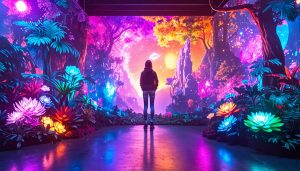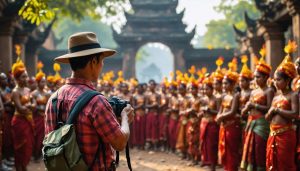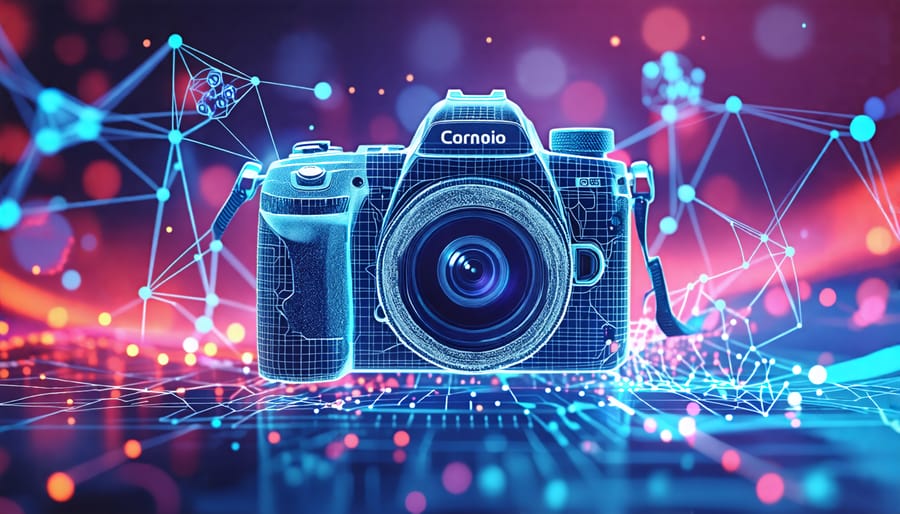
Embrace the cutting edge of photographic innovation to unleash your full creative potential. Advances in digital imaging sensors, computational photography algorithms, and AI-powered editing tools are redefining what’s possible with a camera. Dive into light field technology for post-capture refocusing, experiment with code-based generative imaging, or harness neural networks to elevate your image quality. As immersive mediums like virtual and augmented reality gain traction, forward-thinking photographers have exciting new avenues to explore. Whether you’re aiming to push artistic boundaries or simply capture the decisive moment with greater fidelity, today’s innovative technologies put unprecedented power in your hands. In this article, we’ll demystify the latest breakthroughs and reveal how you can leverage them for maximum creative impact. Get ready to challenge your assumptions about photography’s limitations and embark on a journey of artistic and technical discovery.
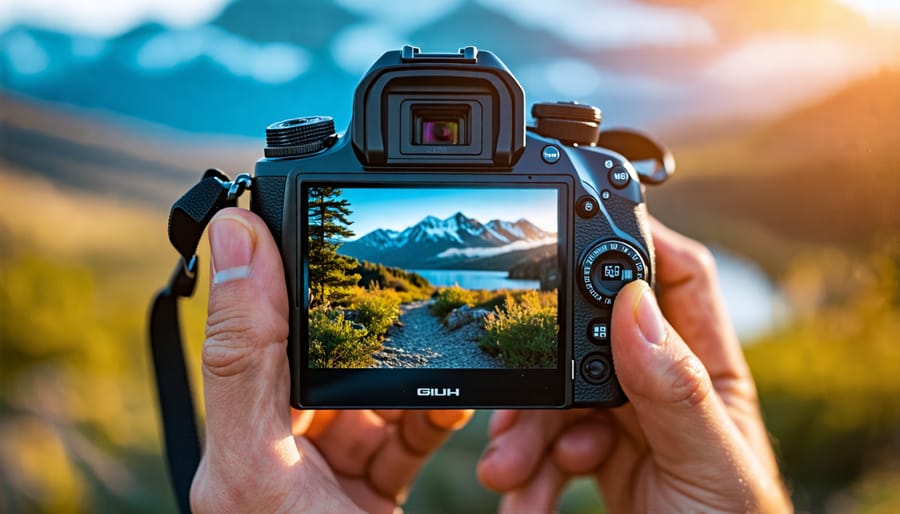
Mirrorless Cameras
Benefits for Photographers
Mirrorless cameras have revolutionized photography by offering expanded creative possibilities and enhanced shooting convenience. With electronic viewfinders, photographers can preview exposure, white balance, and depth of field in real-time, enabling more precise adjustments on the fly. This immediate feedback loop allows for greater experimentation and fine-tuning of settings to achieve the desired look.
The compact size and lighter weight of mirrorless bodies also make them ideal for travel, street, and documentary photography. Photographers can discreetly capture candid moments without drawing attention or causing fatigue during long shoots. Additionally, the shorter flange distance of mirrorless mounts has opened up new lens design possibilities, including high-quality adaptors for vintage glass. This allows photographers to pair modern sensors with classic lenses for unique creative effects and signature looks.
Silent shooting modes and fast burst rates further expand the potential for mirrorless cameras in wildlife, event, and sports photography. Photographers can snap away without startling subjects or disrupting quiet environments. Built-in sensor stabilization also enables sharper handheld shots in low light. All these innovations add up to a liberating and empowering experience, allowing photographers to focus on the moment and push their creative boundaries.
Top Mirrorless Systems
Sony has led the mirrorless revolution with their full-frame Alpha series, boasting cutting-edge autofocus, in-body image stabilization, and impressive low-light performance. Canon’s EOS R system and Nikon’s Z mount have quickly caught up, offering their own takes on compact yet powerful mirrorless cameras with innovative features like Canon’s Dual Pixel AF and Nikon’s robust video capabilities. Micro Four Thirds systems from Olympus and Panasonic remain popular for their extremely portable form factors paired with a vast lens selection. Fujifilm’s X series continues to win over enthusiasts with its retro styling, intuitive controls, and stunning film simulation modes that evoke classic film stocks. Each system brings its own strengths, from Sony’s technical prowess to Fujifilm’s photographer-centric experience, providing plenty of exciting options for every type of shooter looking to embrace the mirrorless age.
Computational Photography
HDR and Low Light Performance
Computational photography has revolutionized the way cameras handle high dynamic range (HDR) scenes and low light conditions. By combining multiple exposures, modern smartphones and mirrorless cameras can capture an incredible range of brightness, from deep shadows to bright highlights, in a single shot. This allows photographers to create images with rich detail and contrast that were once only possible with advanced post-processing techniques.
In low light situations, computational photography uses sophisticated noise reduction algorithms and pixel binning to produce clean, detailed images even in dimly lit environments. Night modes on smartphones like the iPhone 12 Pro and Google Pixel 5 can capture stunning cityscapes and starry skies without the need for a tripod or long exposures. These advancements have made it easier than ever for photographers to create compelling images in challenging lighting conditions.
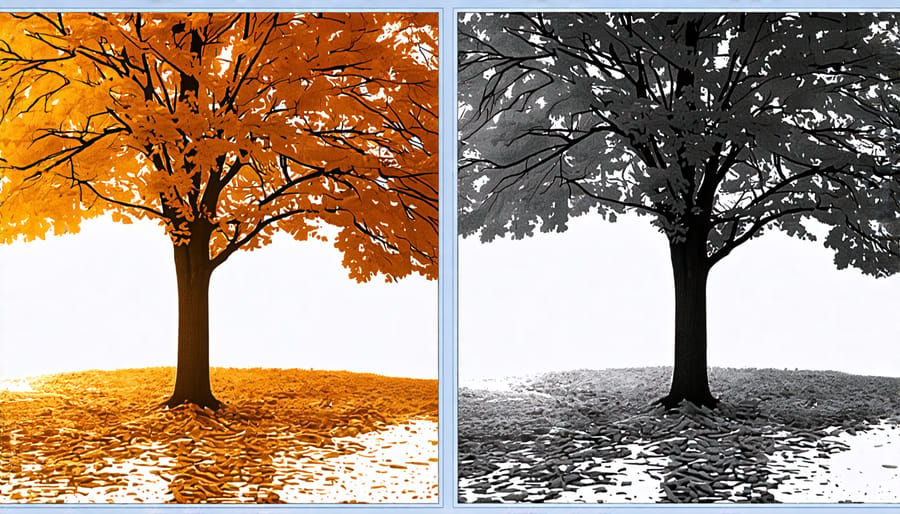
Intelligent Scene Optimization
Intelligent scene optimization is a groundbreaking feature in modern cameras that harnesses the power of computational photography. By leveraging advanced algorithms and machine learning, these smart cameras can automatically analyze various aspects of a scene, such as lighting conditions, subject matter, and composition. Based on this analysis, the camera makes intelligent adjustments to settings like exposure, white balance, focus, and depth of field to capture the best possible image. This takes the guesswork out of manual settings, allowing photographers to focus on creativity while the camera optimizes the technical elements. Whether you’re shooting landscapes, portraits, or fast-moving action, intelligent scene optimization ensures you get stunning results with ease. It’s like having a professional photographer’s instincts built right into your camera.
360 and VR Cameras
Creative Applications
Photographers are pushing the boundaries of their craft with exciting applications of 360-degree and virtual reality (VR) technologies. One popular use is creating immersive virtual tours that transport viewers to far-flung locations or allow them to explore spaces in unprecedented detail. Real estate photographers, for example, use 360 cameras to create interactive walkthroughs of properties, giving potential buyers a realistic sense of the layout and flow.
In the realm of experiential marketing, creative agencies are partnering with photographers to design memorable brand activations using VR. These immersive experiences can range from virtual test drives of new car models to “walking through” a fashion designer’s latest collection on a virtual runway. Photography is becoming a key ingredient in crafting compelling, multisensory interactions that leave lasting impressions on consumers.
Some photographers are even experimenting with VR as an artistic medium unto itself, creating surreal environments and narratives that blur the lines between image and experience. As these technologies continue to evolve, the only limit is the photographer’s imagination.
Viewer Experience
Viewing 360° and virtual reality photography is a truly immersive experience that transports you into the heart of the captured scene. Unlike traditional flat images, 360° content surrounds you, allowing you to explore every angle as if you were physically present. By simply moving your device or clicking and dragging, you can seamlessly navigate the environment, discovering new details and perspectives at your own pace. This level of interactivity creates a powerful sense of presence and engagement, making the viewer feel like an active participant rather than a passive observer. The ability to look around and control your view enhances the storytelling potential of photography, drawing you deeper into the narrative and evoking a strong emotional connection.
Smartphone Camera Tech
Democratizing Photography
The rise of advanced smartphone cameras has revolutionized photography, making it more accessible and democratic than ever before. With the powerful cameras built into modern smartphones, virtually anyone can now capture high-quality images without the need for expensive, specialized equipment. These pocket-sized devices offer features like high-resolution sensors, multiple lenses, and advanced computational photography algorithms that can produce stunning results rivaling those of traditional cameras.
Smartphone cameras have empowered people from all walks of life to express their creativity and tell their stories through photography. From capturing everyday moments to documenting important events, the ubiquity of smartphones has enabled a new generation of photographers to emerge. Social media platforms have further amplified this democratization by providing a global stage for sharing images and connecting with others who share a passion for photography.
As smartphone camera technology continues to advance, it is breaking down barriers and making photography more inclusive and diverse. It has opened up new possibilities for self-expression, storytelling, and visual communication, transforming the way we see and interact with the world around us.
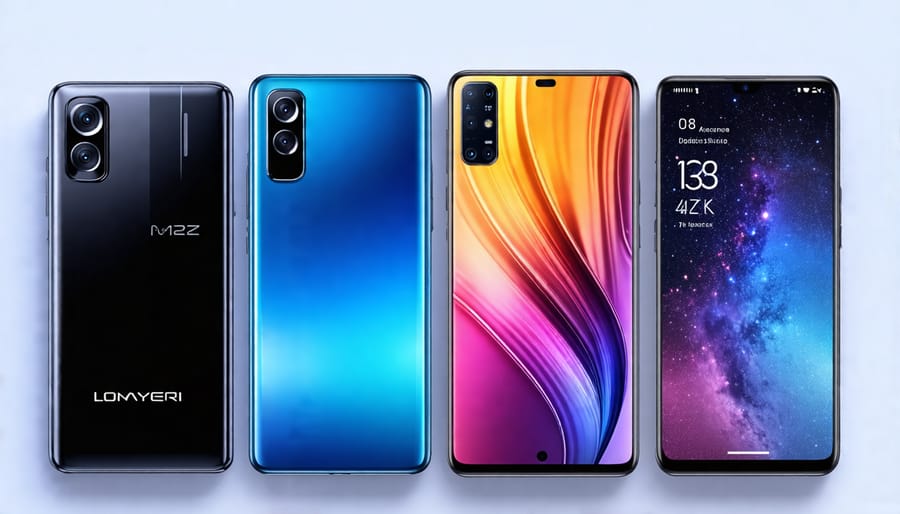
Notable Smartphones for Photography
Smartphone camera technology has advanced by leaps and bounds in recent years, with several models now boasting truly impressive photography capabilities. The iPhone 14 Pro Max leads the pack with its innovative 48MP quad-pixel sensor, which combines four pixels into one for enhanced low-light performance and detail. Its new Photonic Engine further optimizes images in challenging lighting conditions. Samsung’s Galaxy S23 Ultra also shines with its versatile quad-camera system, headlined by a 200MP wide sensor that captures stunning detail even when cropped. For zoom enthusiasts, its 10x periscope telephoto lens is a game-changer. Google’s Pixel 7 Pro may have lower megapixel counts, but its larger sensor and advanced computational photography powered by the custom Tensor G2 chip deliver outstanding results, especially in low light. With features like Magic Eraser and Photo Unblur, it pushes the boundaries of what’s possible with smartphone photography.
Conclusion
The world of photography is evolving at a rapid pace, with groundbreaking innovations constantly pushing the boundaries of what’s possible. From computational photography and AI-powered editing to light field cameras and immersive 360-degree imaging, these technological advancements are revolutionizing the way we capture, process, and experience photographs.
As photographers, it’s an exciting time to embrace these cutting-edge tools and techniques. They offer unprecedented creative control, enabling us to realize our artistic visions with greater precision and efficiency. Whether you’re a professional looking to streamline your workflow or an enthusiast eager to experiment with new forms of expression, these innovations open up a world of possibilities.
So, don’t be afraid to step outside your comfort zone and explore the potential of these groundbreaking technologies. Dive into the realm of computational photography, harness the power of AI to elevate your editing game, or immerse yourself in the captivating world of 360-degree imaging. Remember, mastering the essential camera settings is just the beginning—embracing innovation is the key to unlocking your full creative potential.
As photography continues to evolve, one thing remains constant: the limitless possibilities for artistic expression. So, stay curious, keep learning, and let these innovations inspire you to push the boundaries of your craft. The future of photography is in your hands, and it’s never been brighter.

